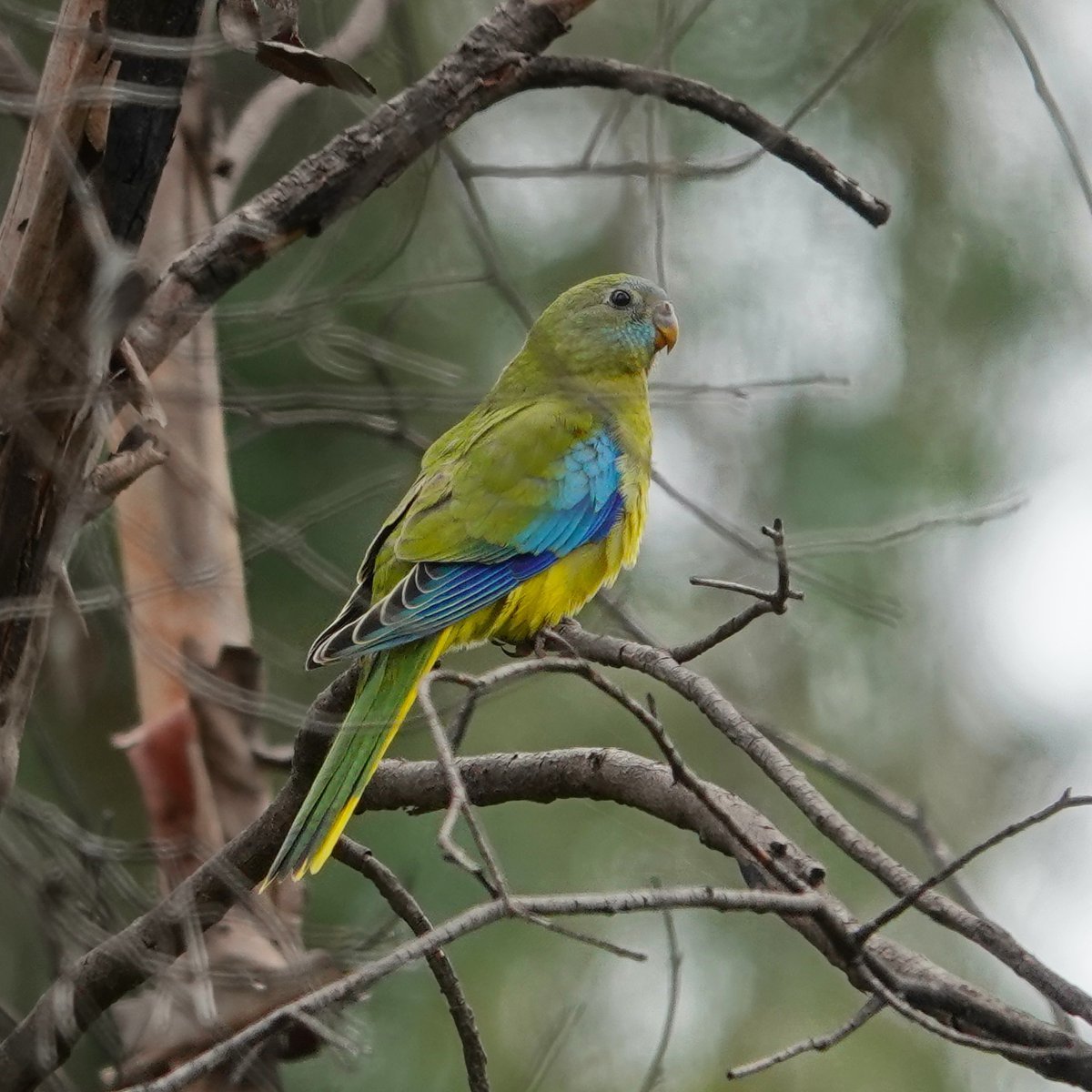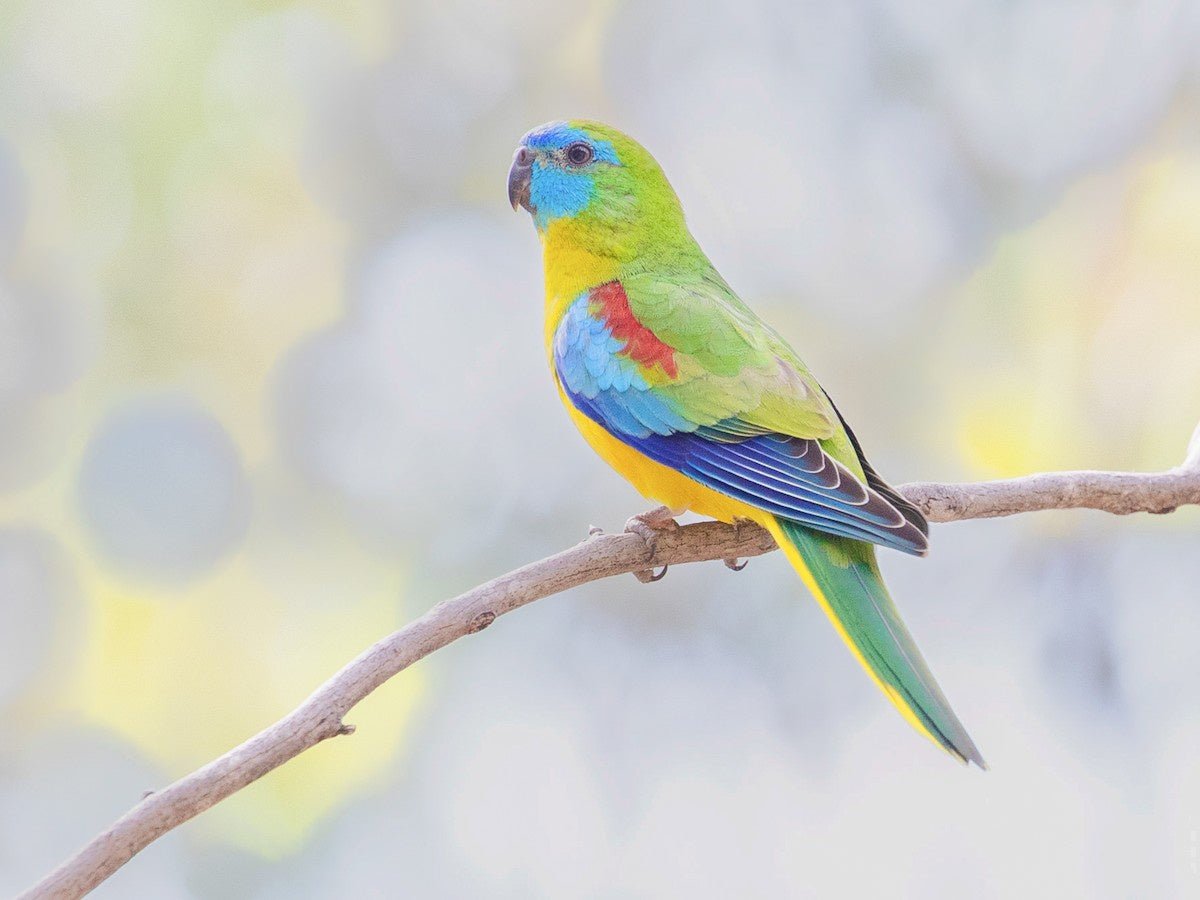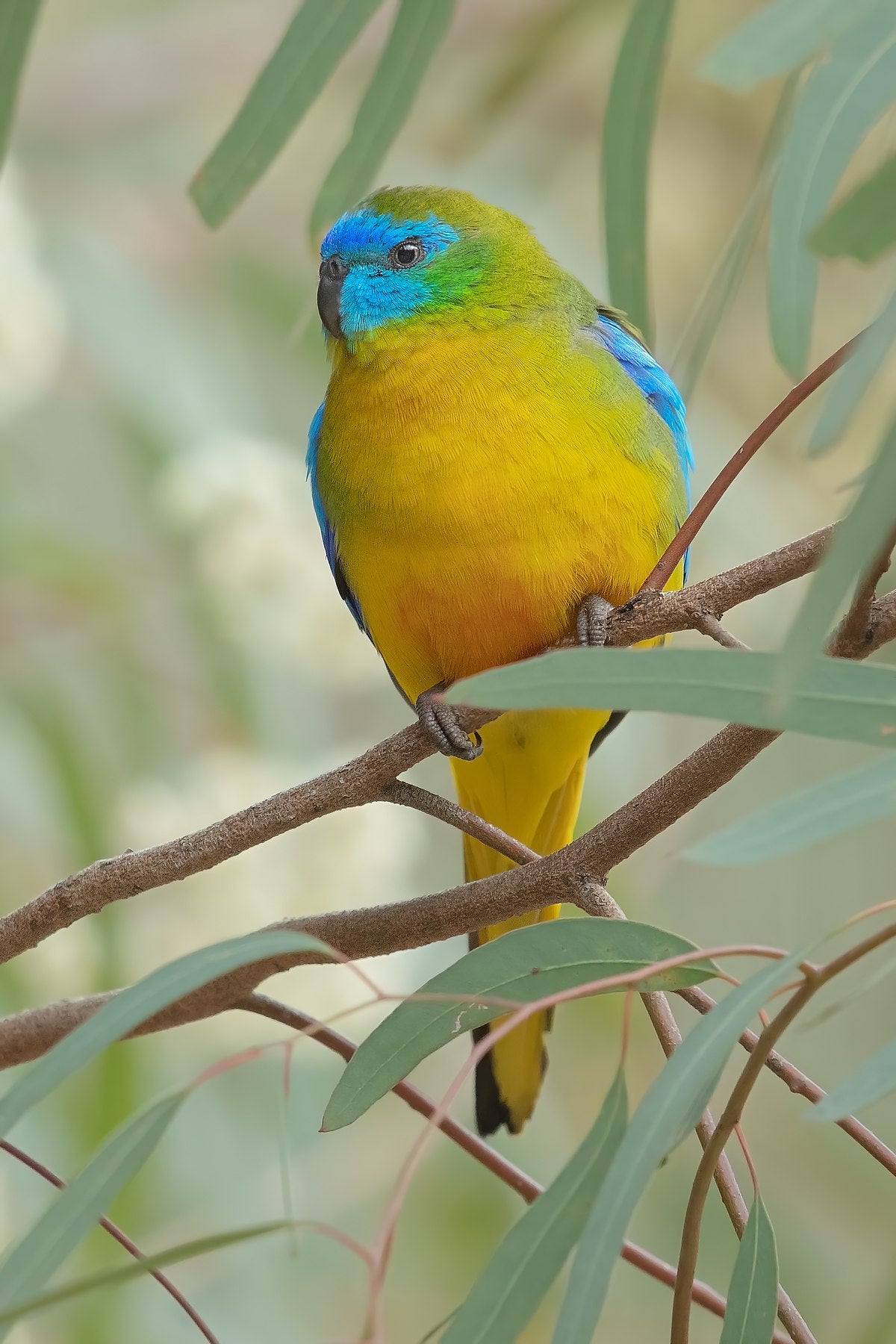


While we make every effort to ensure that our online stock levels are accurate and up to date, some products—particularly those that are perishable or subject to daily changes—may vary in availability. This includes livestock, fish, corals, and both fresh and frozen foods. Due to the nature of these items and their dependence on factors such as shipment schedules, health status, and in-store demand, availability can change rapidly and may not always be reflected in real time on our website.
To avoid disappointment, we strongly encourage customers to confirm the availability of these products before placing an order or visiting In-Store. You can do this easily by using the "Ask a Question" tab on the product page or by calling us directly on 0460 961 696 .
Our friendly team will be happy to assist and provide the most up-to-date information on current stock.

Delicate, colourful, and quietly charming, the Turquoise Parrot (Neophema pulchella) is a small native Australian grass parrot adored for its calm nature and vivid plumage. Males display a stunning blend of turquoise-blue, apple green, and golden-yellow with a scarlet splash on the wing, while females are more muted but equally graceful. These peaceful birds make wonderful aviary additions or companion pets for those seeking a visually stunning species with a gentle temperament.
Species: Neophema pulchella
Common Names: Turquoise Parrot, Grass Parrot
Origin: Eastern Australia – open woodlands, grasslands, and lightly timbered country from Queensland to Victoria
Size: 20–22 cm
Average Lifespan: 10–15 years in captivity
Temperament: Peaceful, quiet, and shy
Care Level: Easy to intermediate
Housing & Environment:
Turquoise Parrots can be kept in spacious aviaries or large indoor cages, ideally with access to sheltered outdoor areas. Minimum enclosure size should be 100 × 80 × 100 cm, with horizontal bars for climbing. They do well in mixed aviaries with other peaceful finches or small parrots but should never be housed with aggressive species. Provide perches, swings, and native foliage for enrichment, and maintain a clean, draught-free environment.
Diet:
Naturally grass-seed feeders, Turquoise Parrots thrive on a high-quality small parrot or finch mix, supplemented with:
-
Fresh vegetables (spinach, corn, capsicum, carrot)
-
Soft fruits (apple, pear, berries – avoid avocado)
-
Native grasses and seeding heads
-
Occasional egg and biscuit mix during breeding or moulting
Fresh water must always be available.
Training & Behaviour:
These birds are gentle and relatively quiet, making them ideal for calm homes or peaceful aviaries. While not known for talking, they can learn simple tricks and become hand-tame with patience. Males sing soft, melodic calls—especially in the morning or during courtship.
Care Tips:
✔ Provide plenty of flying room—these birds are active foragers
✔ Keep in bonded pairs for companionship
✔ Offer regular native browse and seed heads
✔ Clean food and water dishes daily
✔ Avoid handling during breeding—can stress easily
Compatibility:
Ideal for mixed aviaries with finches, Bourke’s parrots, and other Neophema species. Not suitable for housing with larger, dominant parrots. Can be housed indoors as a pet but will benefit from supervised flight time.
Availability:
Widely available across Australia through avian breeders and licensed bird sellers. Various colour mutations exist, but wild-type turquoise-green birds are particularly prized for their natural beauty. Always ensure birds are captive-bred and legally sourced.
Disclaimer:
"Turquoise Parrots are calm, low-maintenance birds best suited to quiet aviaries or homes. Their beauty lies not in noise or antics, but in their peaceful presence and vibrant plumage."




